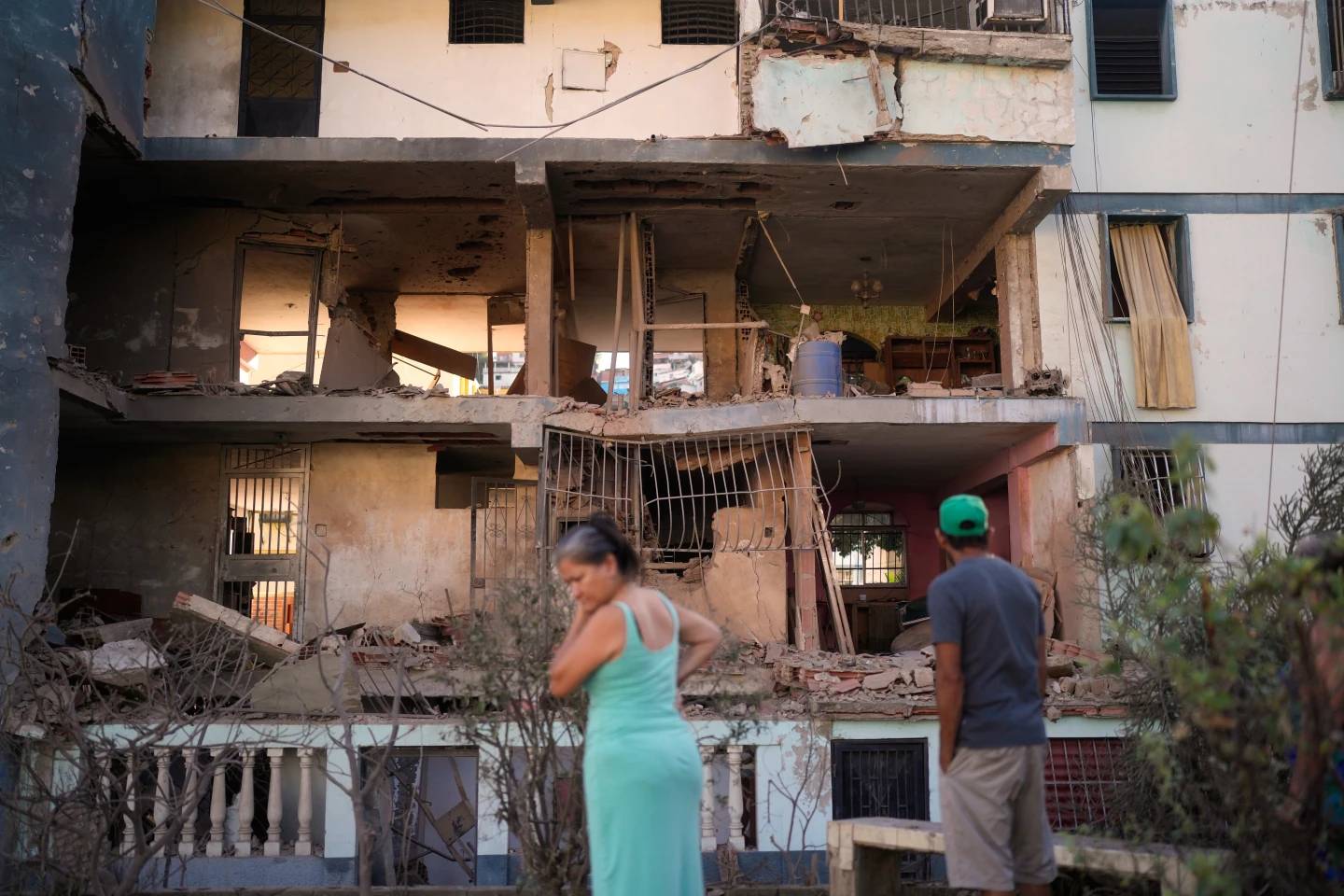ROME – Let us recall that Pope Francis was elected in mid-March 2013, which means that his reform of the Vatican is by now more than eight years in the making – almost 51 months, to be exact. Let us also recall that the reform began with the Vatican’s communications operation, long understood to be a source of perennial headaches related both to expenses and to effectiveness.
The pope launched a massive overhaul, consolidating several previously independent communications operations – Vatican Radio, Vatican TV, L’Osservatore Romano, the Vatican website, etc. – into a single Dicastery for Communications, and appointed entirely new management to oversee it.
Recall also that the watchwords for the reform were supposed to be transparency, meaning allowing the public to see what’s going on behind the scenes, and accountability, meaning that there would no longer be a culture of impunity for failure or negligence.
With that in mind, let’s review the past week in Vatican communications.
First, Pope Francis made a visit to the personnel of the Dicastery for Communications on Monday. These are the Vatican’s trained professional communicators, so if ever there was an occasion tailor-made for a fascinating public window onto internal Vatican life, this was it.
Instead, there was no live feed of the event, no transcript of the encounter, and essentially no public rendering of what happened while the pope was there.
Yes, Vatican Radio carried the pope’s greeting, and communications personnel live-tweeted the visit. But those are “filtered” experiences, far short of full transparency. Pope Francis apparently wanted it this way, on the theory that the exchange would be more free if it didn’t take place in full public view, but that doesn’t really alter the irony of a PR blackout on a visit to the Vatican’s department for communications – as in, what in God’s name should there be to hide?
Also on Monday, Pope Francis met with the Italian bishops’ conference, CEI, who were holding their first in-person general assembly after two years of delays due to the Covid crisis, taking place at Rome’s Hotel Ergife on the Via Aurelia.
The pope was scheduled to speak shortly after 4:00 p.m. Monday afternoon. Just about an hour before, journalists accredited to the Vatican received an email from the Vatican Press Office indicating that there would be a livestream of the pope’s remarks and his interaction with the bishops from 4:00 p.m. to 5:15 p.m.
When we tuned in, however, it turned out that livestream lasted just a few moments. What we heard was the pope asking Cardinal Gualtiero Bassetti, president of the conference, if there were journalists present, and Bassetti saying “I don’t think so,” to which Francis replied, “Good, then we can speak freely.” After that, the signal dropped.
(Actually, what happened is that the Vatican web site cut the signal quickly but not the Vatican Youtube page, so the pope’s brief opening remarks ended up being broadcast anyway.)
Then on Tuesday came a brief communique from the Vatican Press Office indicating that the Pre-Seminary of Pius X is to be transferred off Vatican grounds beginning in September, in order to ensure that students are close to the places where they study and recreate, offering “new opportunities of growth and development, above all in the context of the promotion of vocations to the sacred ministries.”
Founded in the 1950s, the pre-seminary had been located on Vatican grounds for the purpose of fostering vocations to the priesthood among young men who haven’t yet graduated high school and supplying altar servers for liturgies in St. Peter’s Basilica, a function which the statement indicated it will preserve. It also said that in a recent audience, Pope Francis thanked the rector for the services it has performed over the years.
What the statement did not contain was any indication – none whatsoever – that the Pre-Seminary of Pius X is currently at the heart of a contentious Vatican criminal trial, in which a former seminarian is accused of sexually abusing another who was slightly younger at the time of the alleged abuse, and a former rector is accused of having covered up the abuse. Testimony at the trial has suggested that a climate existed at the pre-seminary in which sexual activity was fairly common, even if it wasn’t generally interpreted as abusive.
In context, it seems clear that the Vatican doesn’t want to be responsible any longer for a relatively small operation that’s proven a source of heartburn, and by moving it someplace else, it will fall into the category of “not our problem.”
While that may be a perfectly defensible management move, to not even allude to the background to the decision unfolding right now within Vatican walls doesn’t seem especially, well, “transparent.”
In themselves, none of these developments are especially significant. Taken together, however, they paint a picture.
Italians have a phrase that derives from one of the country’s most famous novels, Il Gattopardo, which chronicles social changes in the Sicily of the 19th century risorgimento. The hero is a prince struggling to preserve his family’s wealth and influence despite the collapse of the class system and the transition to a democratic republic. One of its most famous lines is, Se vogliamo che tutto rimanga com’è bisogna che tutto cambi, which roughly means, “If we want to keep everything the way it is, then everything must change.”
The conclusion many Italians in and around the Vatican have already drawn about Pope Francis’s reform is that it’s a Gattopardesca reform, meaning one in which lots of things change so the fundamentals can remain the same, and the start of this week has done little to convince them otherwise.
Obviously, there’s still time for the real fruits of the reform to blossom. For now, however, the harvest looks meager enough that some can’t help wondering if there was ever any real intention to grow a new crop.
Follow John Allen on Twitter at @JohnLAllenJr.















